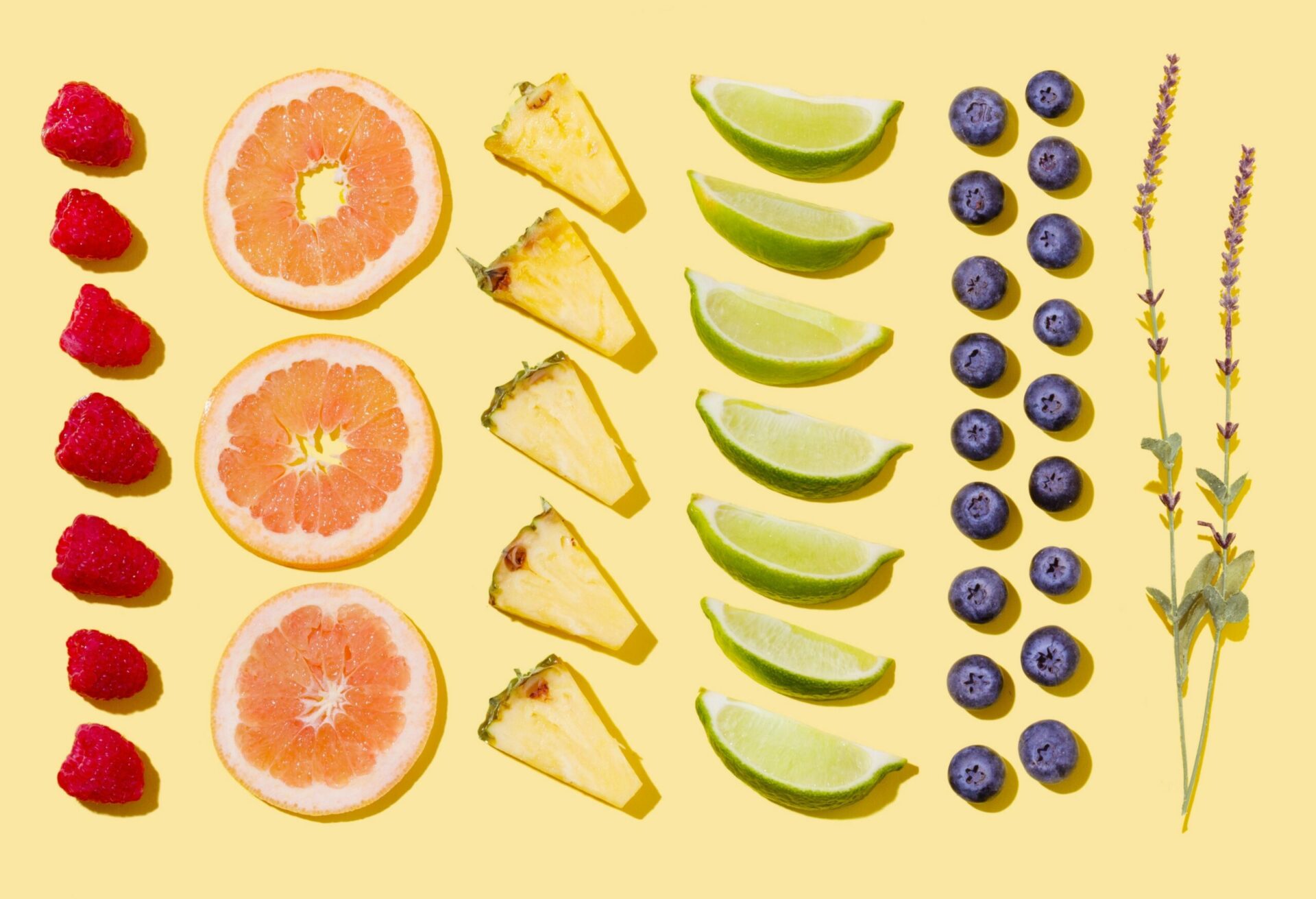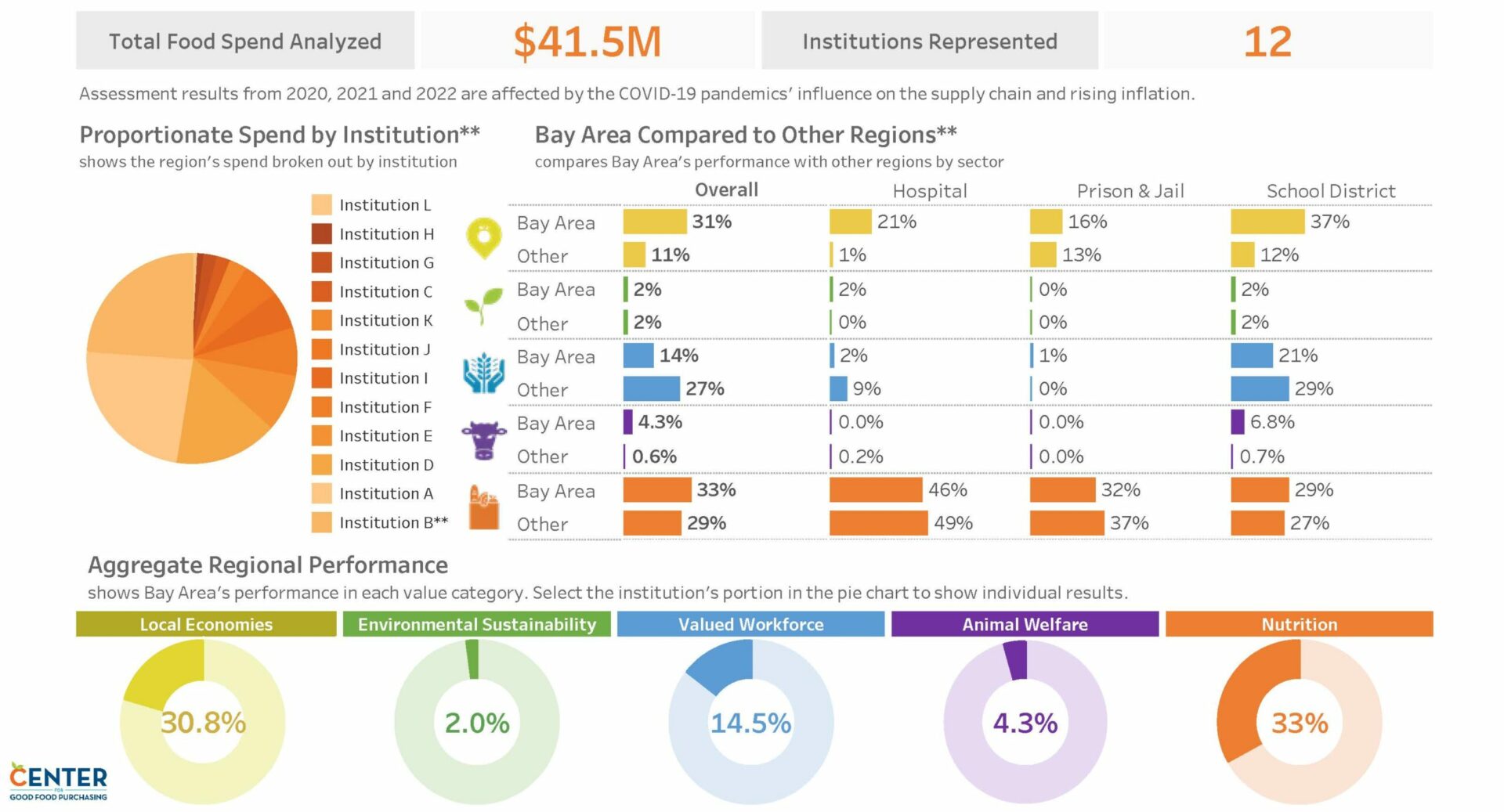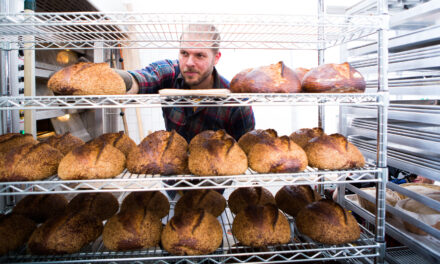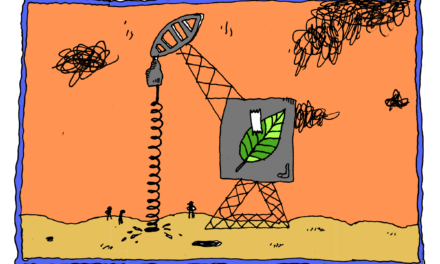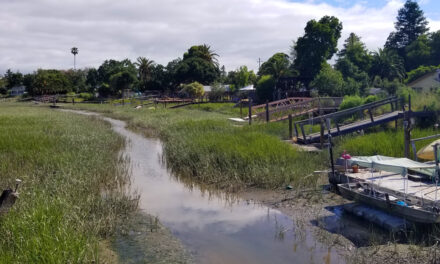Institutional Purchasing Power Directed To Good Food
Bay Area institutions and businesses, from schools to bakeries, are taking a close look at their food procurement practices to balance the needs of their communities and the environment. The Roadmap for Local Good Food Purchasing, released on October 17, is the latest step towards providing institutions with resources to procure food based on a values-based framework.
The San Francisco Bay Area Planning and Urban Research Association (SPUR) and the national Center for Good Food Purchasing (CGFP) released the roadmap to encourage greater adoption of the national Good Food Purchasing Program (GFPP). The GFPP provides a framework to inform the food procurement decisions of public institutions and focuses on five core values — supporting local economies, valued workforces, environmental sustainability, animal welfare, and community health and nutrition. The program aims to redirect the food budgets of public institutions toward a more sustainable, equitable, and transparent food system.
In the Bay Area, institutions began implementing the GFPP as early as 2016. However, to more holistically impact local institutional spending, SPUR and CGFP created the San Francisco Bay Area Local Food Purchasing Collaborative in 2021 with funding from the USDA Regional Food System Partnership grant.
According to Tiffany Cheung, CGFP’s Chief Operating Officer, the grant was integral to forming the new Bay Area collaborative. But actually implementing the framework was only possible with the combined support from local politicians, organizations like SPUR, and the food-purchasing institutions themselves.
“There was a lot of readiness in multiple sectors for this and a lot of investment in people,” Cheung says. “It’s really a cross-sector partnership that is needed.”
Bay Area performance under the framework to date. Note, supply varies by region and Bay Area institutions may benefit from being situated in the most productive agricultural state in the nation, making it easier to support local farms. Chart: Dashboard, CGFP.
The Bay Area collaborative is made up of 12 institutions including hospitals, schools, and correctional facilities. The institutions are aligning their combined spending on food — $40 million annually, according to SPUR — with good food purchasing values while also sharing learnings to inform procurement decisions.
“By taking this regional approach, it is not just one school district learning from another but it is a hospital learning from the school, learning from a correctional facility,” says Katie Ettman, Food and Agriculture Senior Policy Manager at SPUR.
Ettman explains that the values and principles of the GFPP are intentionally flexible so that they can be applied to meet the unique circumstances of any institution. And if an institution is not yet ready to adopt the full GFPP, they can still use the framework to make small changes.
“Some institutions haven’t adopted the Good Food Purchasing Program, [but] that doesn’t mean that they can’t make changes to procurement to build a better food system,” says Ettman. “Maybe it starts with one local product or changing one singular vendor.”
Ettman hopes that the roadmap and accompanying tools — which include sector-specific resources for hospitals, correctional facilities, and schools, as well as a dashboard to track regional progress towards implementing the GFPP — will entice more institutions to participate.
Other Recent Posts
Slow Progress on Shade For California’s Hottest Desert Towns
Coachella Valley communities face record temperatures with little shade. Policy changes lag as local groups push for heat equity.
In Uncertain Times, the Port of Oakland Goes Electric
A $322M grant powers Oakland’s port electrification — cleaning air, cutting emissions, and investing in community justice.
Testing Adaptation Limits: Mariposa Trails, Marin Roads & San Francisco Greenspace
In KneeDeep’s new column, The Practice, we daylight how designers, engineers and planners are helping communities adapt to a changing climate.
ReaderBoard
Once a month we share reader announcements: jobs, events, reports, and more.
Boxes of Mud Could Tell a Hopeful Sediment Story
Scientists are testing whether dredged sediment placed in nearby shallows can help our wetlands keep pace with rising seas. Tiny tracers may reveal the answer.
“I Invite Everyone To Be a Scientist”
Plant tissue culture can help endangered species adapt to climate change. Amateur plant biologist Jasmine Neal’s community lab could make this tech more accessible.
How To Explain Extreme Weather Without the Fear Factor
Fear-based messaging about extreme weather can backfire. Here are some simple metaphors to explain climate change.
Live Near a Tiny Library? Join Our Citizen Marketing Campaign
KneeDeep asks readers to place paper zines in tiny street libraries to help us reach new folks.
Join KneeDeep Times for Lightning Talks with 8 Local Reporters at SF Climate Week
Lightning Talks with 8 Reporters for SF Climate Week
Staying Wise About Fire – 5 Years Post-CZU
As insurance companies pull out and wildfire seasons intensify, Santa Cruz County residents navigate the complexities of staying fire-ready.
MORE
Fresh Food from Farm to Cafeteria,
Everyday Climate Champions Podcast
A KneeDeep Citizen Storytelling Partner






